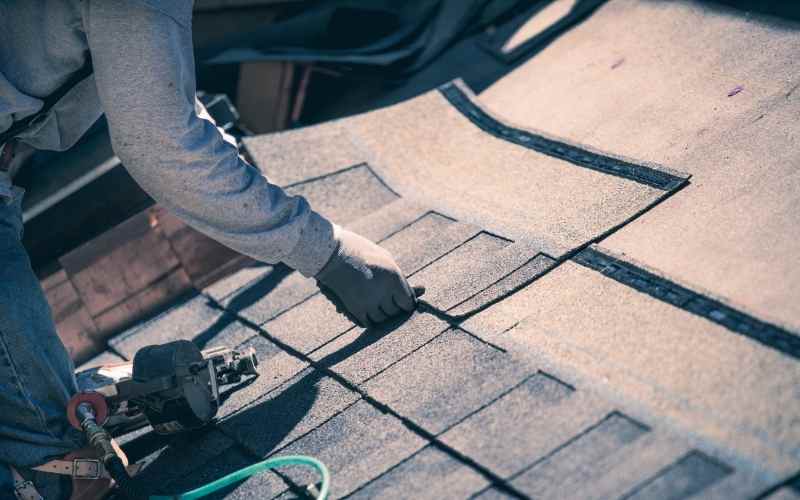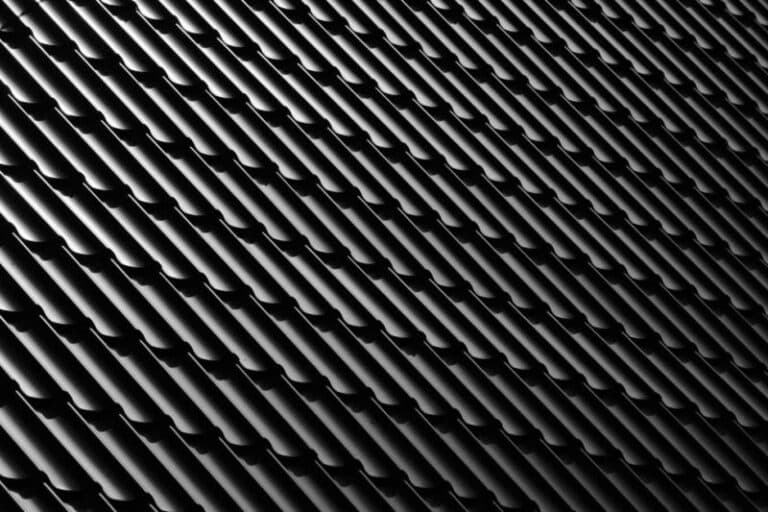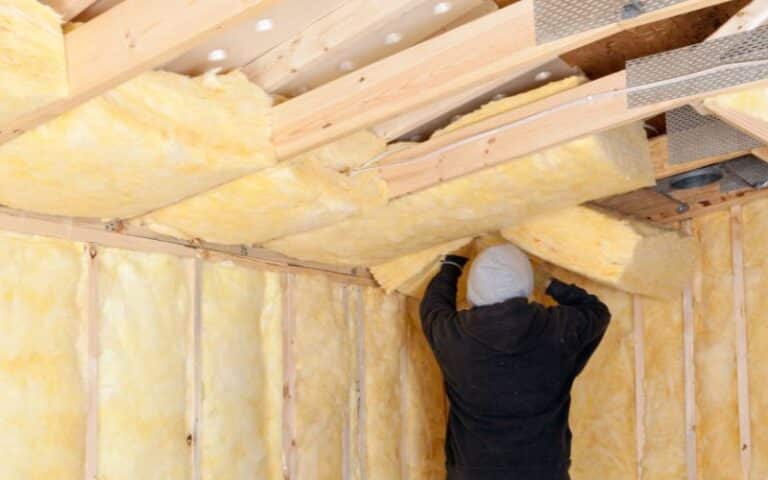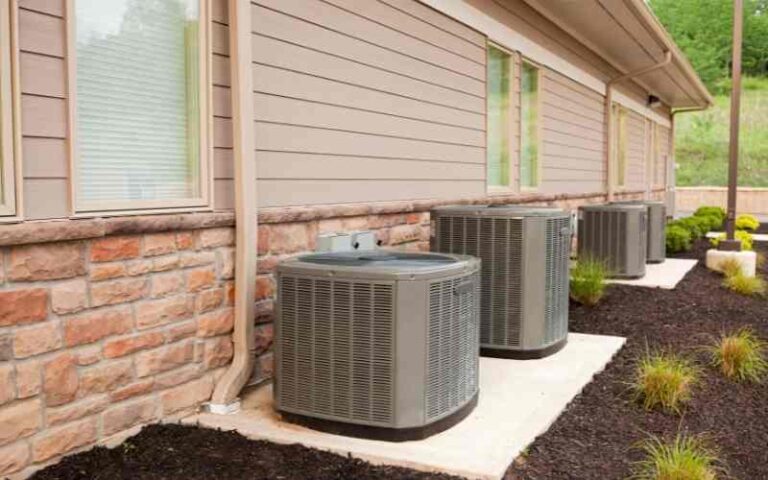Re-felting your buildings isn’t tricky to do. All you need to do is follow simple instructions and have the essential knowledge about it.
Get yourself prepared as I will be taking you through the processes of re-felting, felt replacement, and all you need to know about both of them to get a mind-blowing result.
Yes, you can put a new roof felt over the existing one. However, both felt must bond together tightly. So, the only way to get the result is to prime the entire surface of the old felt with a felt bitten primer. This is necessary to ensure that the new one adheres to the old one tightly.
Ready for a Roofing Quiz?
Can You Put New Roof Felt Over Old Shed?

Yes, you can put a new roof felt over an old shed. This process is called re-felting. Though, quality roofing felt underlayment lasts for a long time and has a lifespan of about 10-20 years.
However, its lifespan may be cut short for one reason or the other.
And, of course, this calls for a new replacement for the safety of the interior of your buildings.
Failure to do this will expose your sheds to weather events such as water leakage, and your shed will be left with nothing to act as an ice water shield.
Can You Felt Over Old Felt On a Flat Roof?
Perhaps, you are working on your existing flat roof, and you think if you can feel over the old felt on the roof, then this is for you.
This is a two-way thing. If the old felt is in good shape even after removing the existing shingles from your flat roof, you can leave it and install a new felt over the existing shingles.
Just make sure that you install it properly by applying an adhesive such as a bitten primer on the surface of the existing one.
However, if the old felt is no longer in good shape after removing the roof shingles, then the best thing to do is to remove it from the flat roof and install a new one.
This is advised to avoid any mishaps after the whole roofing.
How To Replace an Old Felt With a New One?
Replacing an old felt isn’t hard to do. Therefore, these are the step by step processes of replacing the old felt of your roof with a new one:
- Wear your protection kits such as gloves, boots, and so on.
- Remove the old felt: Start by stripping off the existing roof felt from your roof. If the felt refuses to budge due to the adhesive you applied to it when installing it, use a knife or decorator’s scraper to rip it off. Also, you will need a claw hammer to remove the strong nails.
- Inspect the roof: After removing the old felt, make sure you examine the roof deck in case there is any rotten timber. If there is, replace it before proceeding with the felt’s installation to avoid any emergencies in the future.
- Calculate the area of your roof to determine how much felt you will need to complete the project: If it’s a flat roof, measure the length and the width of the roof, and multiply the both to determine the area. However, if the roof has a slope, just multiply the size of the roof by the slope height to get the area.
- Get quality felt and cut it by the slope area you determined.
- Prime the surface with a felt bitten primer to stimulate the felt installation.
- Roll the first layer of the felt starting from either the bottom-right or bottom-left of the roof. Ensure that it’s straight as you’re rolling it to avoid bubbles, the sticky side of the felt should face down. Then staple it onto the initial rolling point with a tack gun. In addition, always install felt horizontal, never install it vertically.
- Attach another layer of felt to the opposite side of the initial one. For example, if you installed the initial one from South to North, you should install the second roll from North to South. When installing the second one, make sure that it overlaps the first for about 4 inches.
- Repeat this process until you are about to reach the edge of the roof. Once you are about to reach the edge, install another layer of felt and ensure that it overlaps the edge of the roof by 0.30m. And repeat this exact process when installing the opposite side.
- With a galvanized nail, nail the felt and ensure that there are spaces of about 30-36 inches between each nail along the side of the felt that is nearest to the edge of the roof and spaces of 12 inches along the side that’s nearest to the ground.
- If the roofing is for a long time purpose, then, you need to cover all the nail heads using a caulking gun.
Can Roof Felt Be Repaired?
A repaired roofing felt underlayment is risky and may prone your house to water leakage. Therefore, you don’t need to fix a torn roof felt to avoid a story that touches the heart.
Instead, the best thing is to strip it off and replace it with a new one.
What Are The Pros Of Felting Over an Old Felt?
The main advantage of felting over an old felt is that it increases the felts layer system. If the felts layers are in proper condition, this slightly improves their functions as a water-resistant barrier.
Moreover, this practice prevents the wastage of old felts that still maintain suitable shapes.
What Are The Cons Of Felting Over an Old Felt?
Felting over an existing felt has a quite number of disadvantages, and they go as thus:
- If bitten primer isn’t correctly applied to the surface, the new felt won’t bond tightly to the existing one. This will give birth to an uneven, blistered, and bubbled felts layer system. Meanwhile, uneven felt does affect the roof shingles; it makes them distort and can eventually lead to them blowing off from the roof.
- If the felt is not installed correctly, it affects the shingles. And if the shingles blow off, it will later affect the whole roofing system, making your house susceptible to water leakage, which may cause severe damage to the interior of your building.
- Another consequence of felting over an old felt is that it results in high-cost maintenance. This is because the existing felts might have been weak without you knowing. Therefore, the old felt will deteriorate over time, and eventually, it won’t be able to protect your house for a long time.
- In addition, felting over the existing roof felt won’t allow you to inspect the underlying timbers. Meanwhile, the planks might have gotten rotten and might require a replacement. Failure to discover this will open your building to risk.
- And lastly, if you’re not careful during the installation, you may mistakenly install the new felt over debris such as nails, staples, etc. These can pierce through the new felt, thereby destroying it and making it unsuitable for use.
- After you’re through with the installation of the roofing felt underlayment, you can now install roof shingles over it. However, ensure that the felt dries entirely before installing it, do not install roof shingles over a wet felt. Because even if the sun heats the shingles, the water on the felt won’t dry.
Conclusion
After reading this article, you should have learned helpful things about re-felting. More so, you should be able to replace the feel of your roof by yourself without any problem.
I guarantee you an absolute outcome if you can follow all the instructions mentioned in this article.






